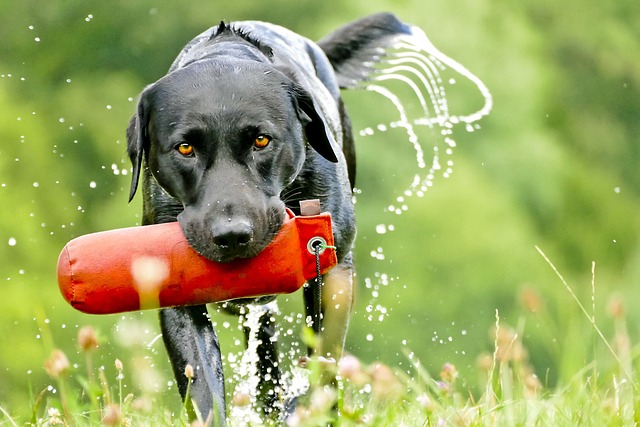
How can I tell if my dog's heatstroke is serious
Let’s be real: It’s a sticky August morning in Los Angeles, and you took your 2-year-old Golden Retriever, Max, for a walk a little later than usual
Why does my dog have tooth decay? It’s a question that hits close to home for many new dog owners—like Maria, a first-time pup parent in Los Angeles, who noticed a tiny black dot on her Chihuahua’s front tooth last month. “He’s only 2,” she worried, “how did this happen?” Tooth decay in dogs isn’t just rare luck; it’s usually a mix of everyday habits, and understanding the “why” is the first step to fixing it.
Let’s start with the basics: Dog tooth decay (cavities) forms much like it does in humans. Bacteria in their mouth feed on leftover food, especially sugars and starches, and produce acid as a byproduct. This acid eats away at the tooth’s hard outer layer, called enamel, creating small holes over time. But dogs have some key differences—their enamel is thinner than ours, so decay can spread faster. Small breeds like Chihuahuas or Yorkies are more prone because their teeth are crowded, making it easier for food to get trapped between them. Soft, sticky foods (like canned food left in the bowl all day or sweet treats) are big culprits too—they cling to teeth, giving bacteria a 24/7 buffet. Maria realized her Chihuahua loved sneaking bits of her morning muffin; that extra sugar was fueling the problem.
So, how do you pinpoint the cause? Start by checking their diet. Do they get a lot of table scraps, especially bread, candy, or yogurt with added sugar? These break down into sugars that bacteria love. Next, look at mealtime habits—leaving soft food out for hours lets it stick to teeth. Then, think about oral care: Are you brushing regularly? Even a few times a week helps, but many new owners skip it, assuming “dogs clean their teeth by chewing.” While crunchy treats (like carrots) help, they’re no replacement for brushing. A vet in Austin told me about a Lab whose owner gave him rawhide daily—turns out, the rawhide got stuck between his molars, trapping food and causing decay.

Now, let’s tie this to life as a U.S. dog owner. Legally, keep those vaccines current—rabies shots are required in all 50 states, and a vet visit for decay will likely need proof. When out walking, always grab poop bags; cities like Chicago fine up to $300 for messes, and a dog in dental pain might have more accidents. Culturally, never scold your dog for avoiding hard food—yelling adds stress, which worsens discomfort. Instead, offer soft food temporarily and praise them when they let you check their mouth: “Good job, buddy, letting me see!” In apartments, store treats in sealed containers to avoid over-snacking, and keep a small toothbrush by their food bowl as a reminder. For community walks, tuck a crunchy carrot in your pocket—rewarding them for calm behavior with something that cleans teeth kills two birds with one stone.
Tooth decay isn’t a death sentence, but it’s a sign to tweak habits. Maria swapped the muffin scraps for carrot sticks and started brushing her Chihuahua’s teeth twice a week. At his next checkup, the vet said the decay had stopped. With a little detective work and small changes, your pup’s smile can stay bright—and pain-free.

Let’s be real: It’s a sticky August morning in Los Angeles, and you took your 2-year-old Golden Retriever, Max, for a walk a little later than usual

You're enjoying a summer afternoon at the park when you notice your dog has stopped panting and appears disoriented - their gums are bright red

Let’s paint the picture: You’re in your Denver apartment, watching your 4-year-old Boston Terrier, Ruby, plop down mid-play session with her favorite toy

Many dog owners notice their pets nails seem shorter after regular walks,but how much does this daily activity actually help?The answer depends on where you walk—concrete sidewalks or asphalt streets gently file nails as a dog's paws hit the ground

Most dog owners notice their pup scooting across the carpet at some point, but few connect it to impacted anal glands. These small sacs near a dog’s rectum secrete a scent for marking territory

Most vets agree that regular dog teeth cleaning is key to avoiding painful dental issues later. For healthy adult dogs, a professional cleaning at the vet’s office every 12 to 18 months usually works well.